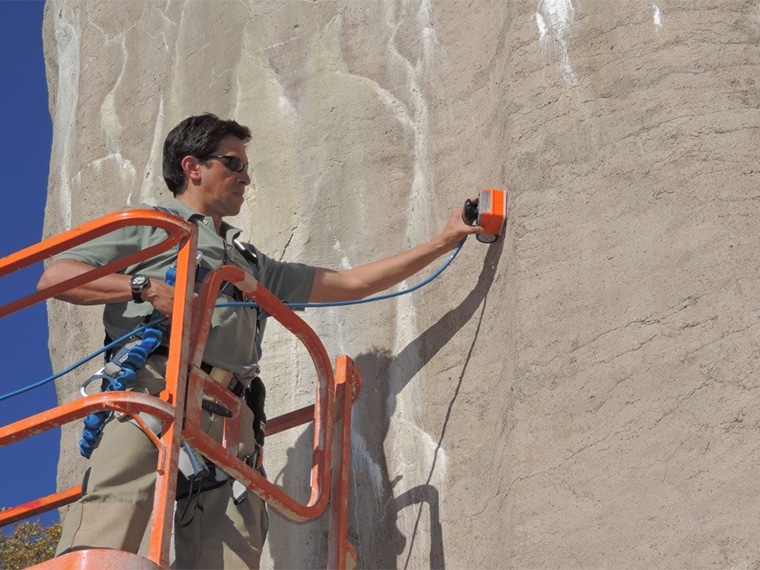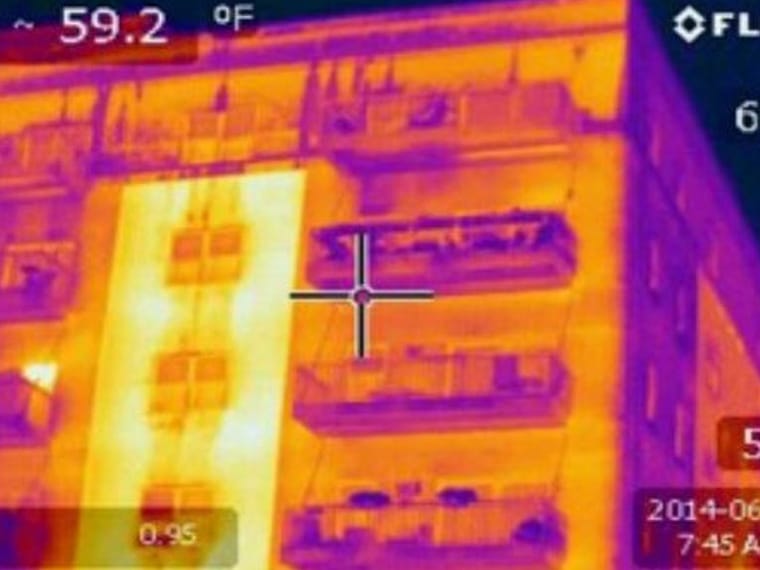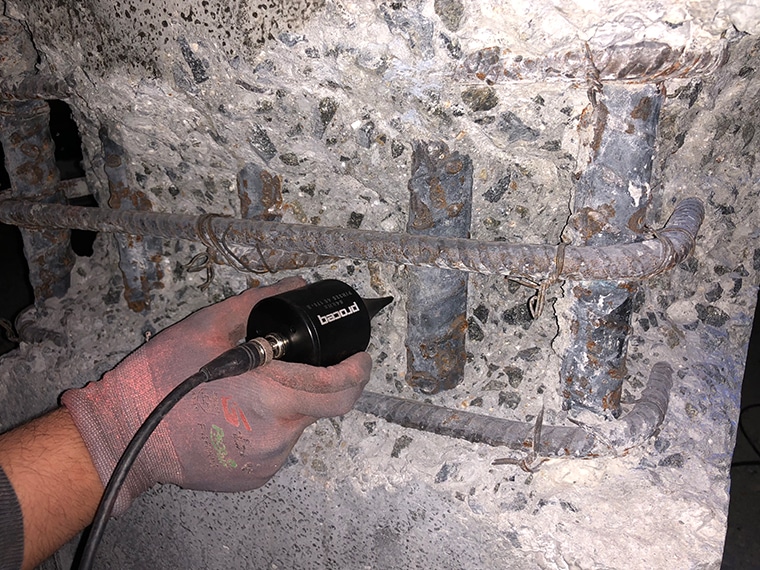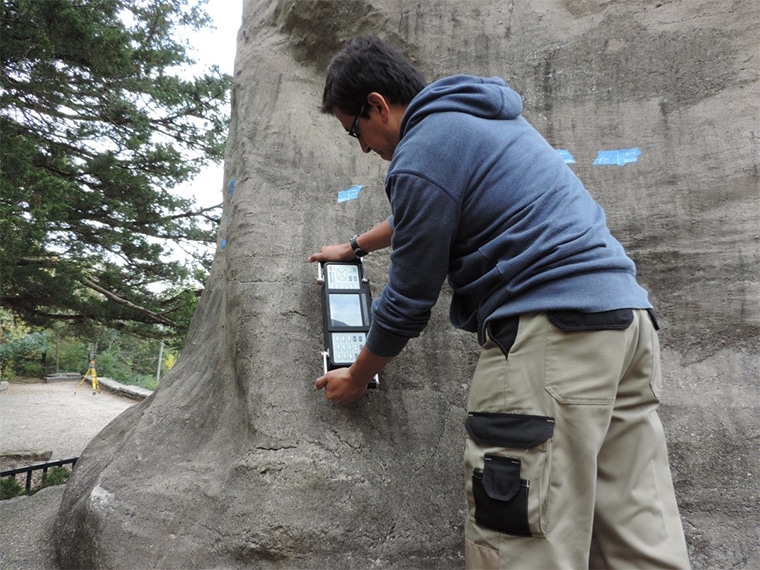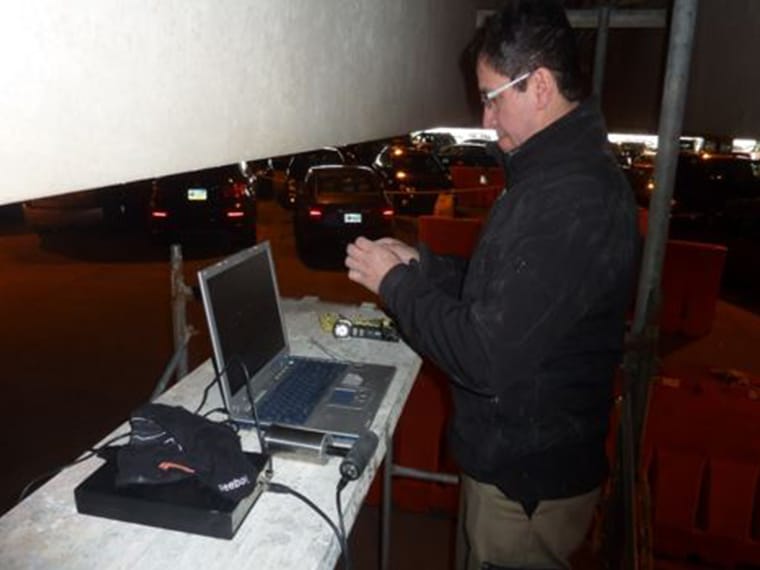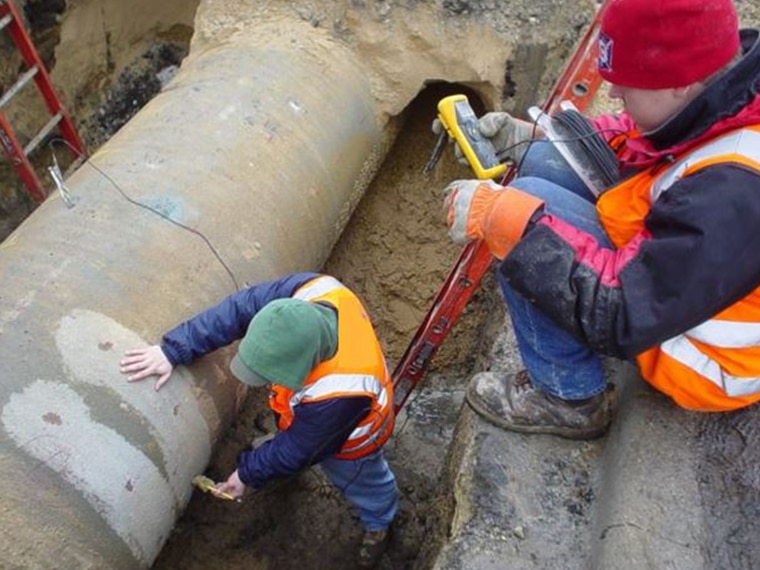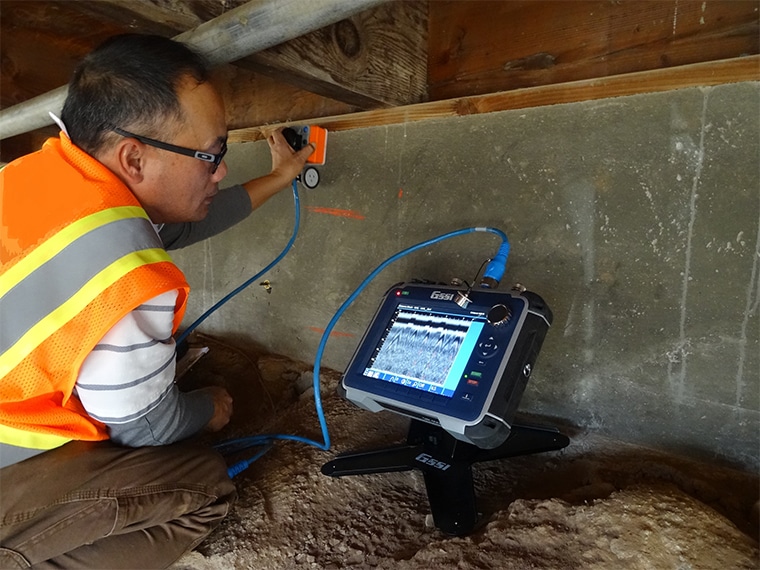Forensic investigations and material assessments often require partial destructive testing of engineered structural elements and/or building materials. Sampling materials for laboratory studies to determine their physical properties, chemical composition, and/or behavior under a specific load condition is an essential aspect of YA’s comprehensive investigative approach.
Determining the root cause of distress often involves performing partial on-site destructive testing to expose construction assemblies or extracting material specimens to examine in a laboratory setting. Other times, load testing of in-situ elements is necessary to verify as-built capacities. YA has developed professional relationships with several accredited, private, governmental, and academic testing laboratories nationwide that can facilitate standardized material testing.

